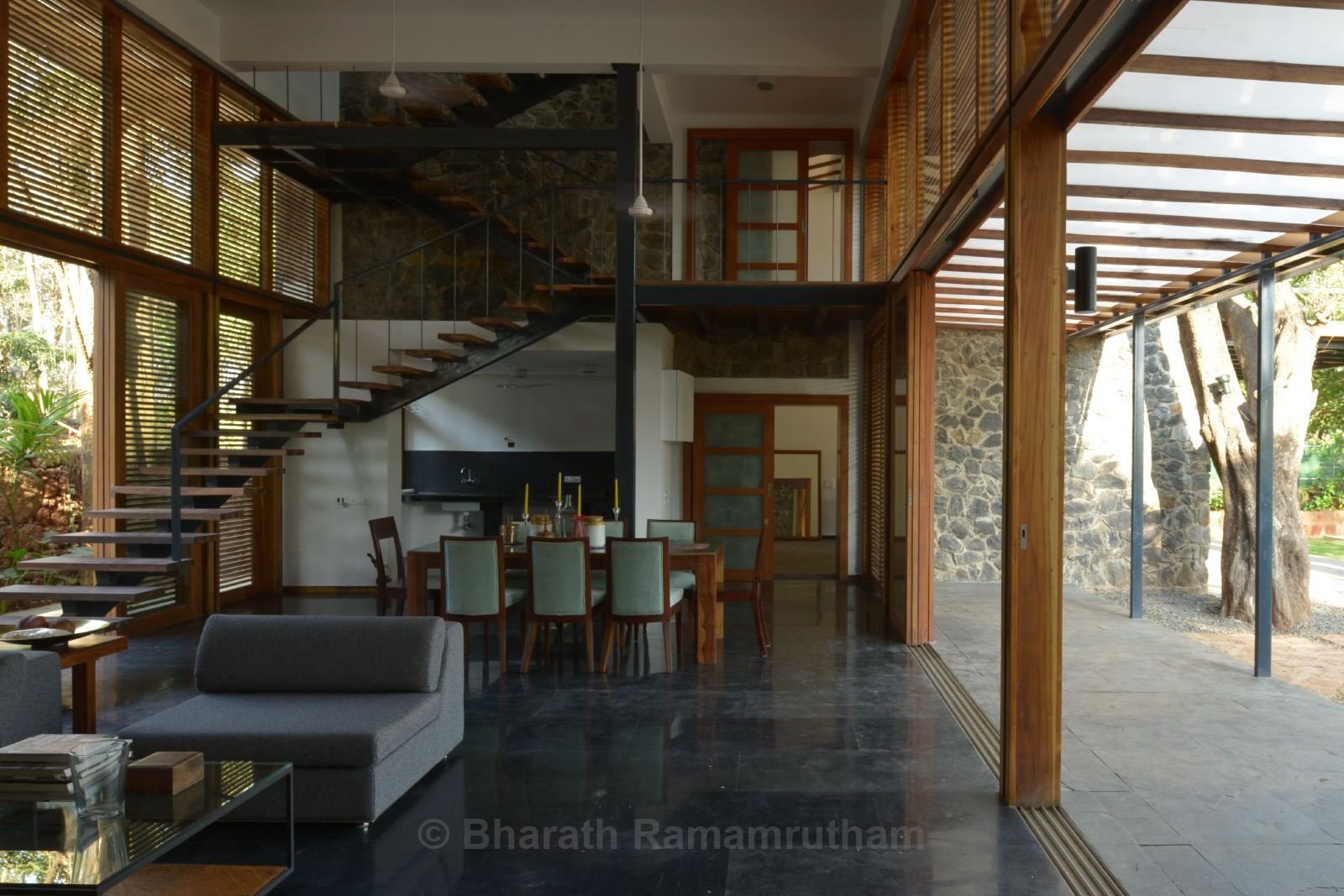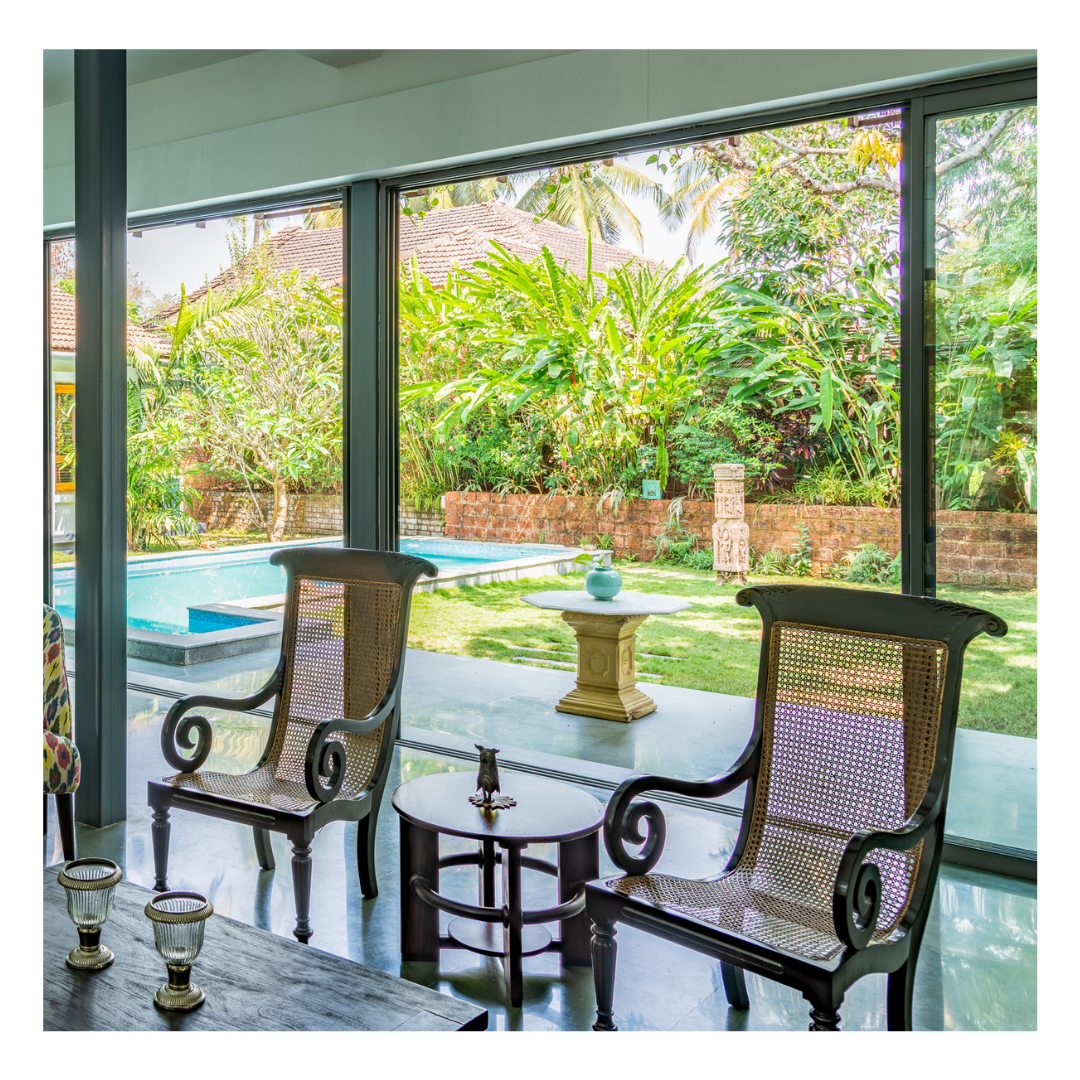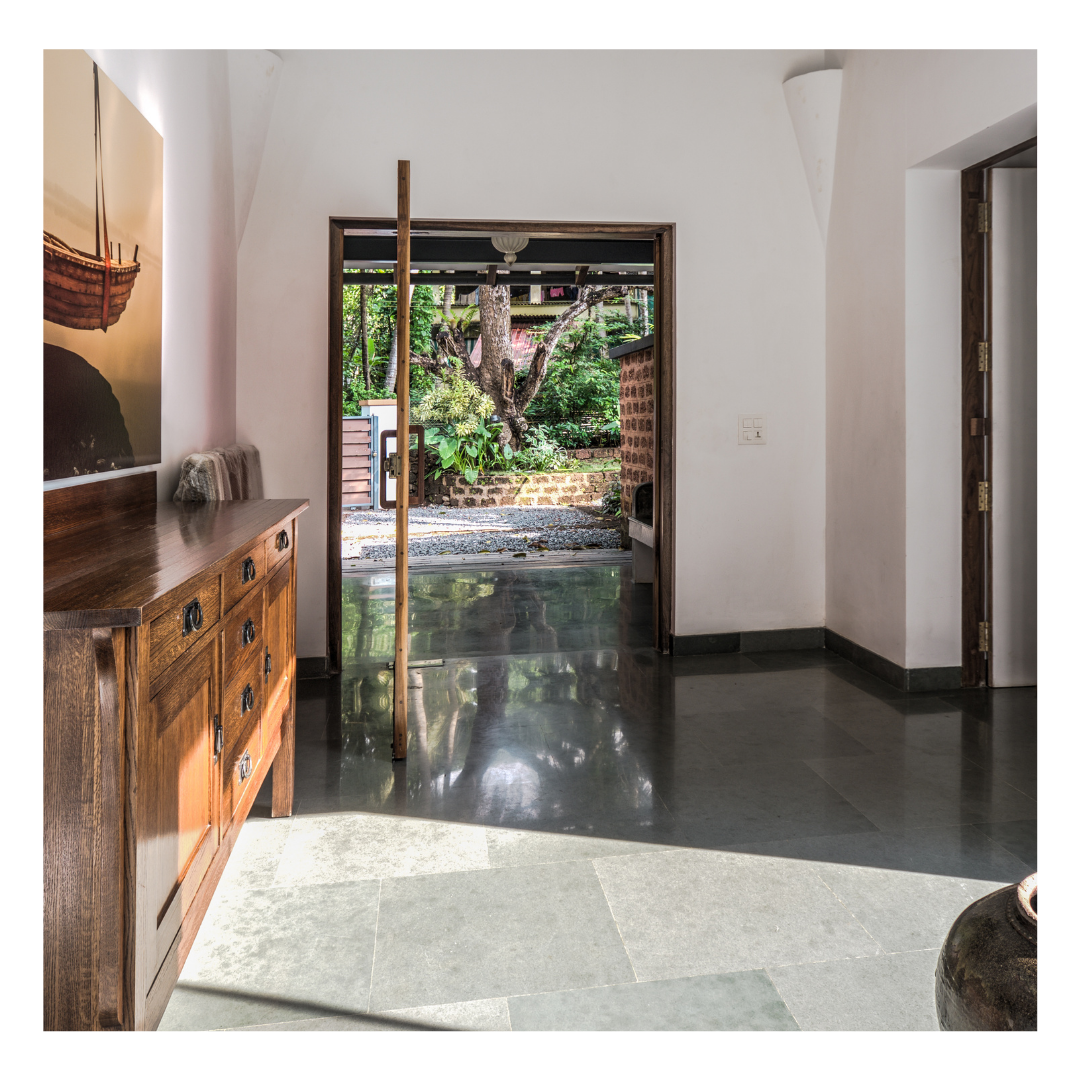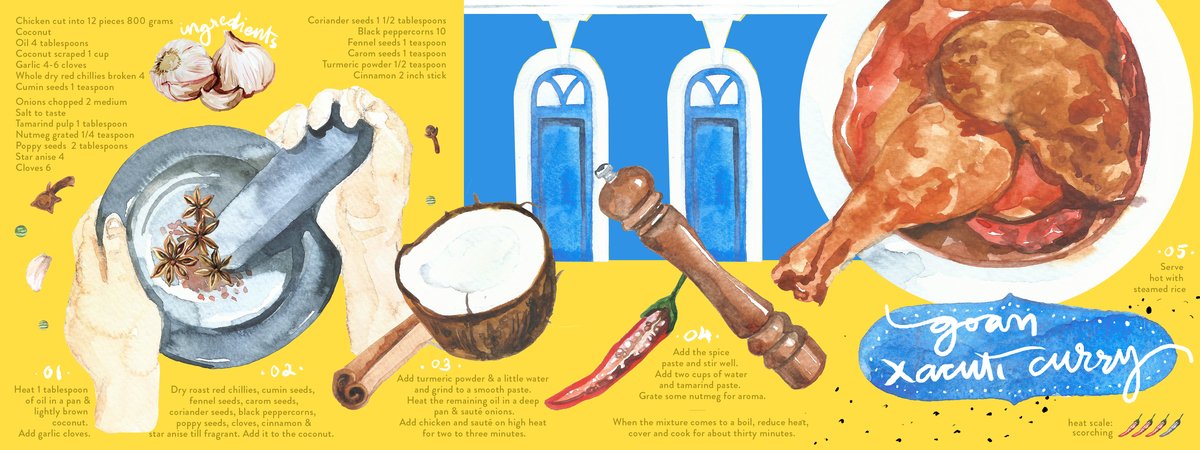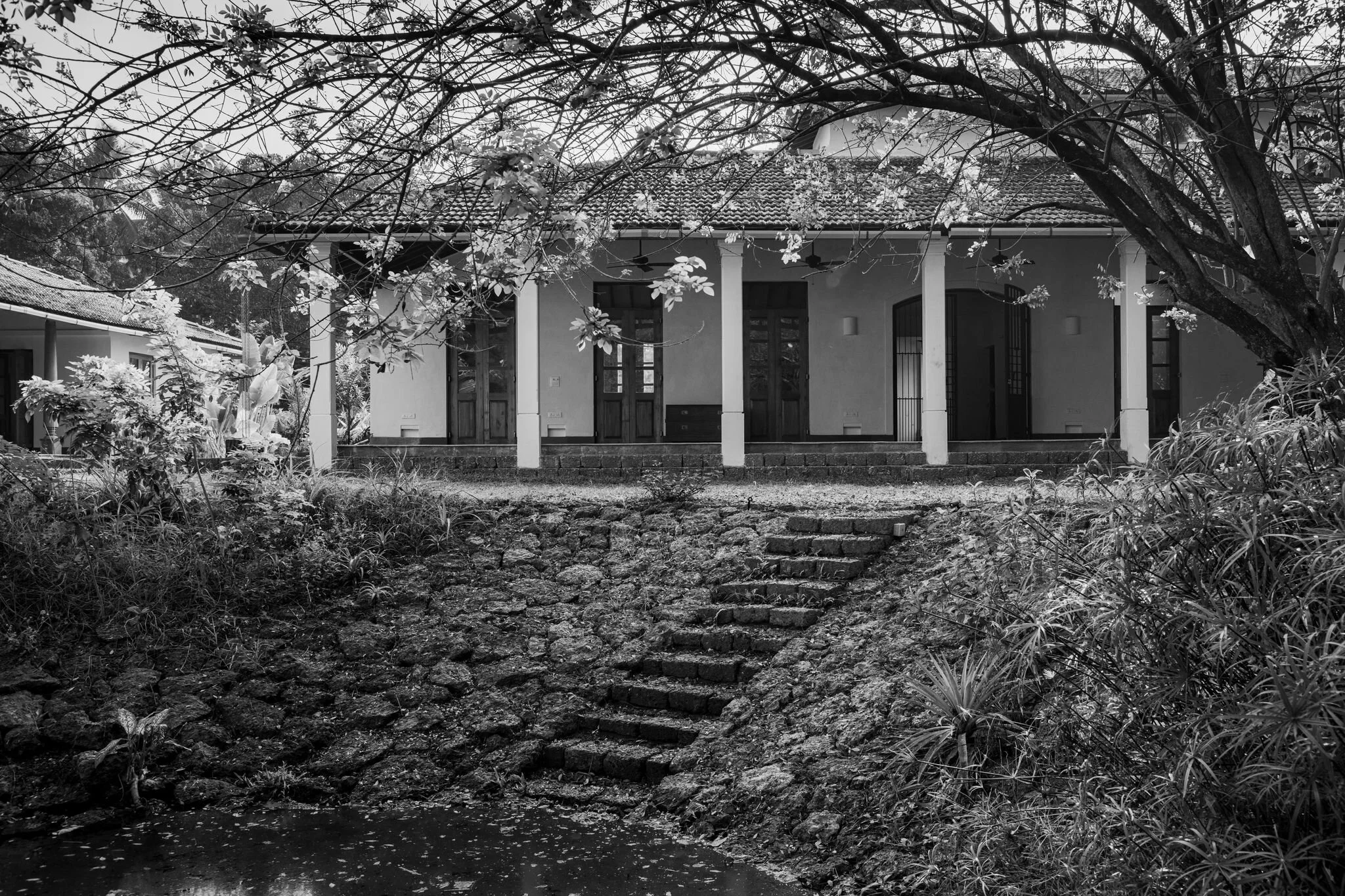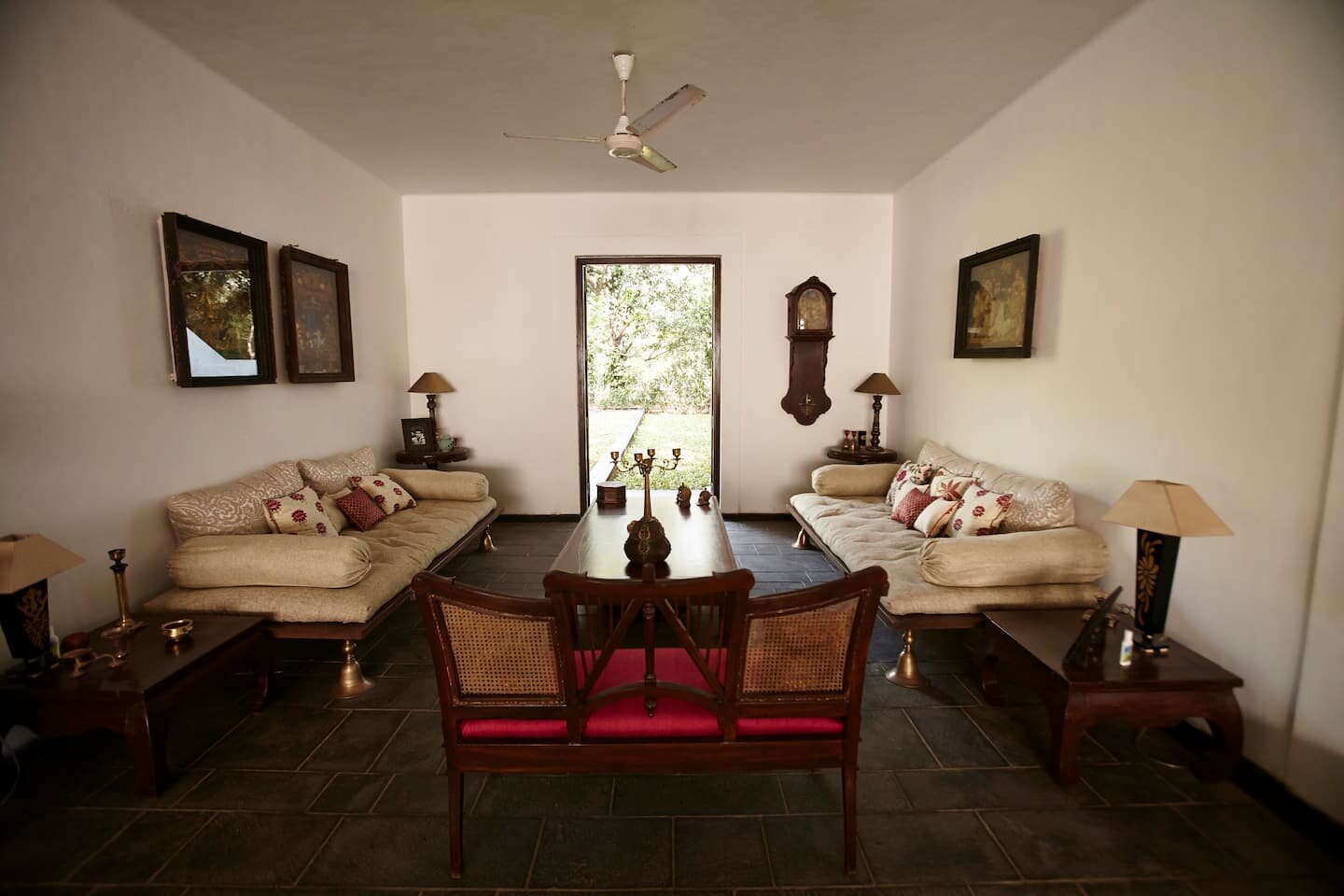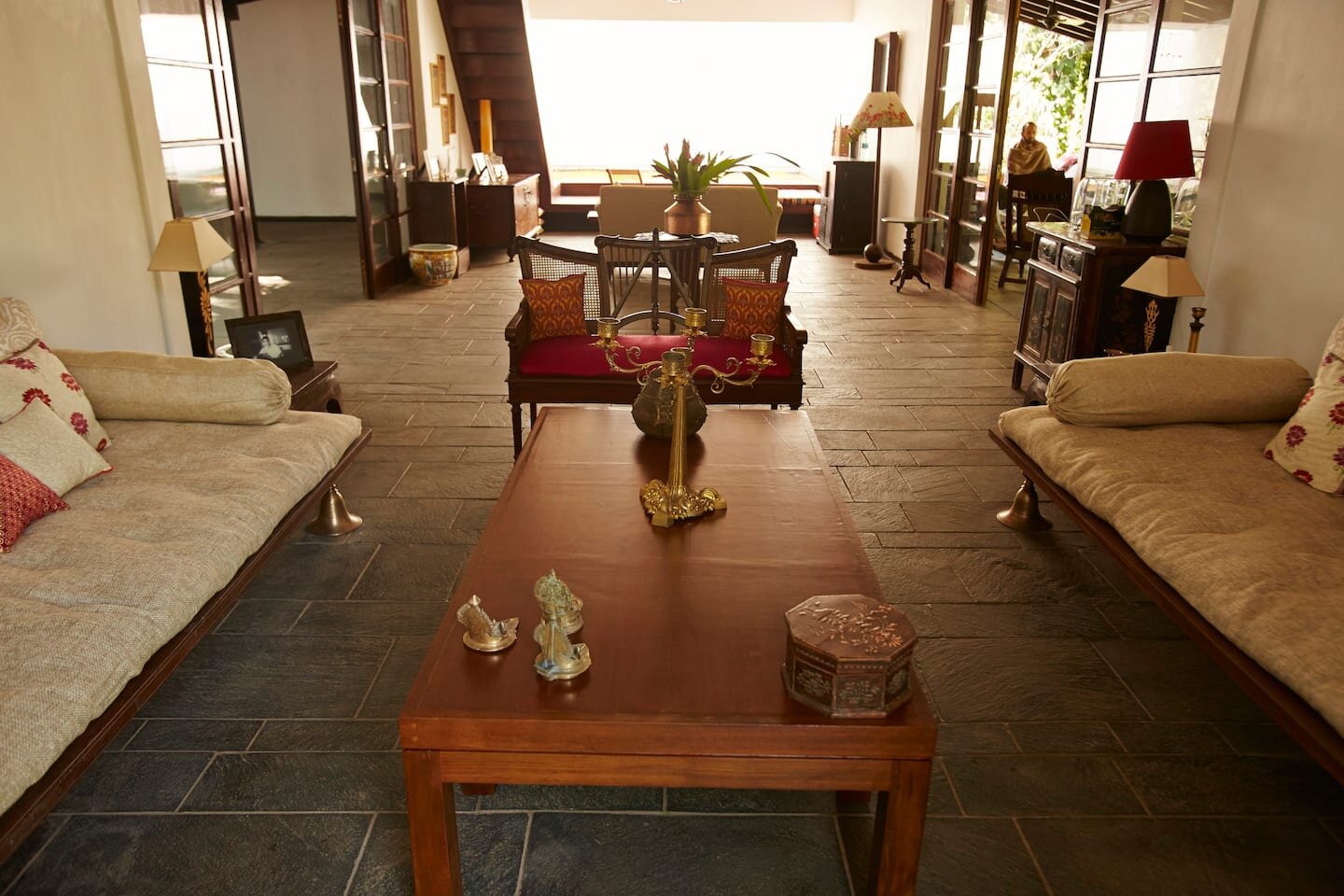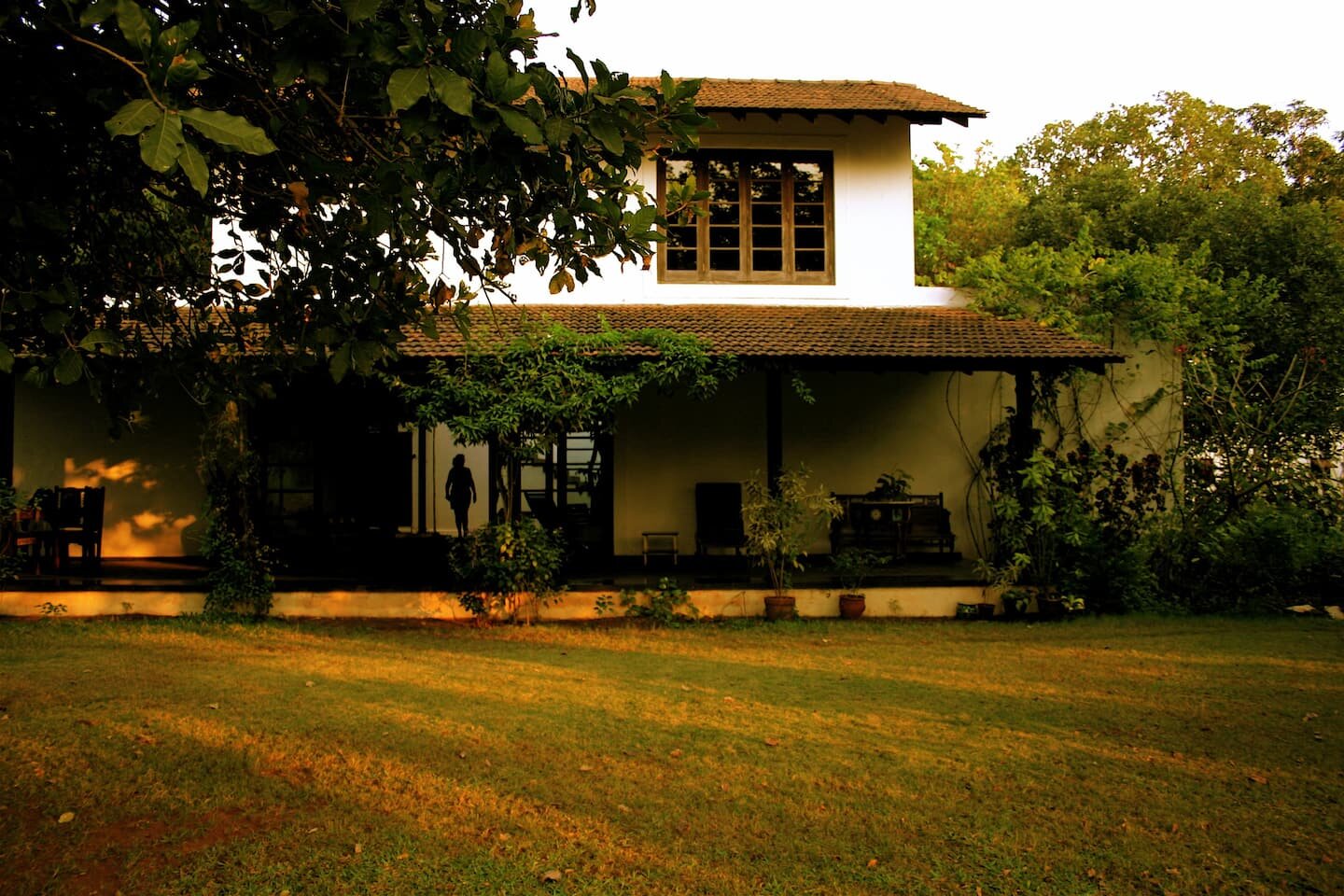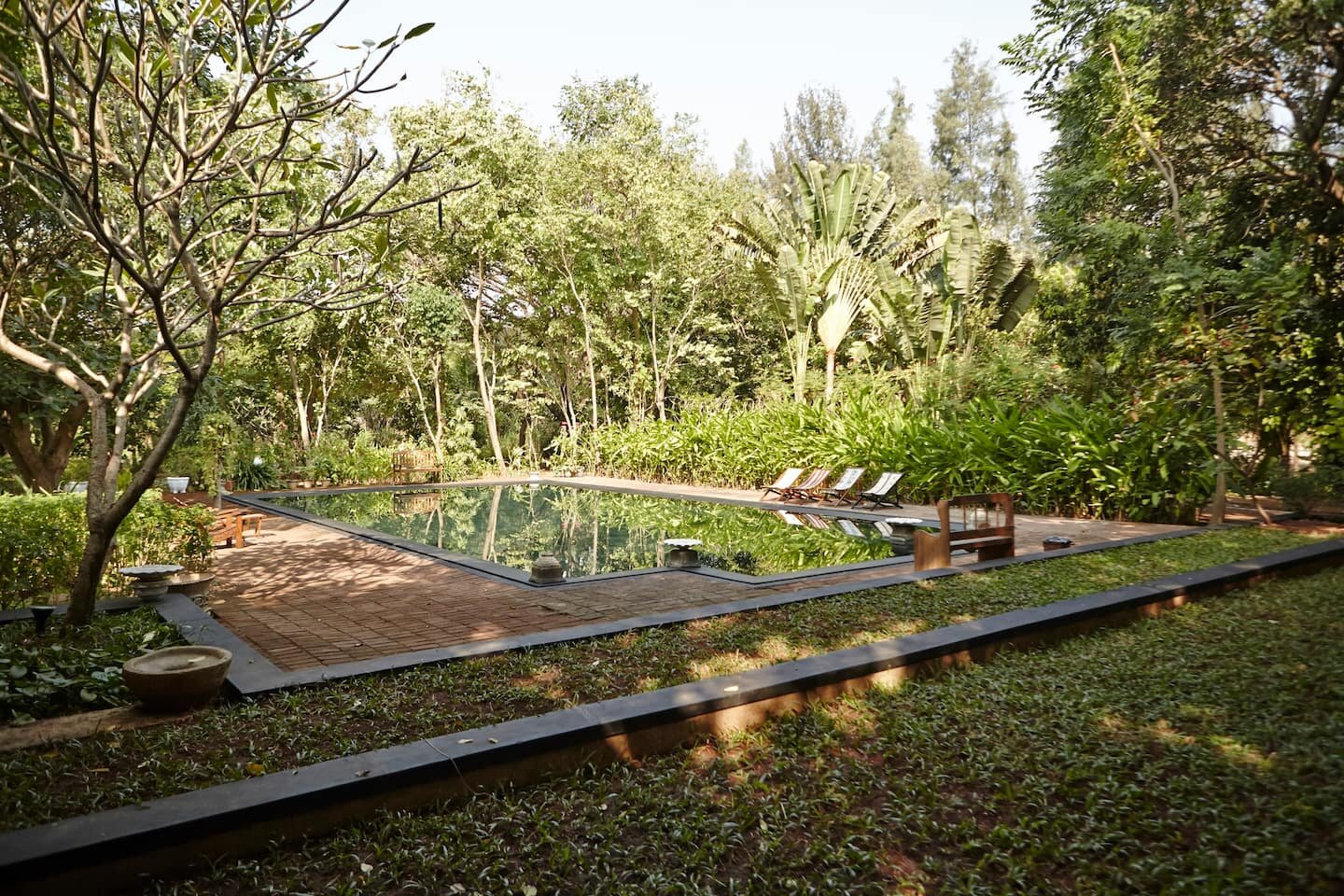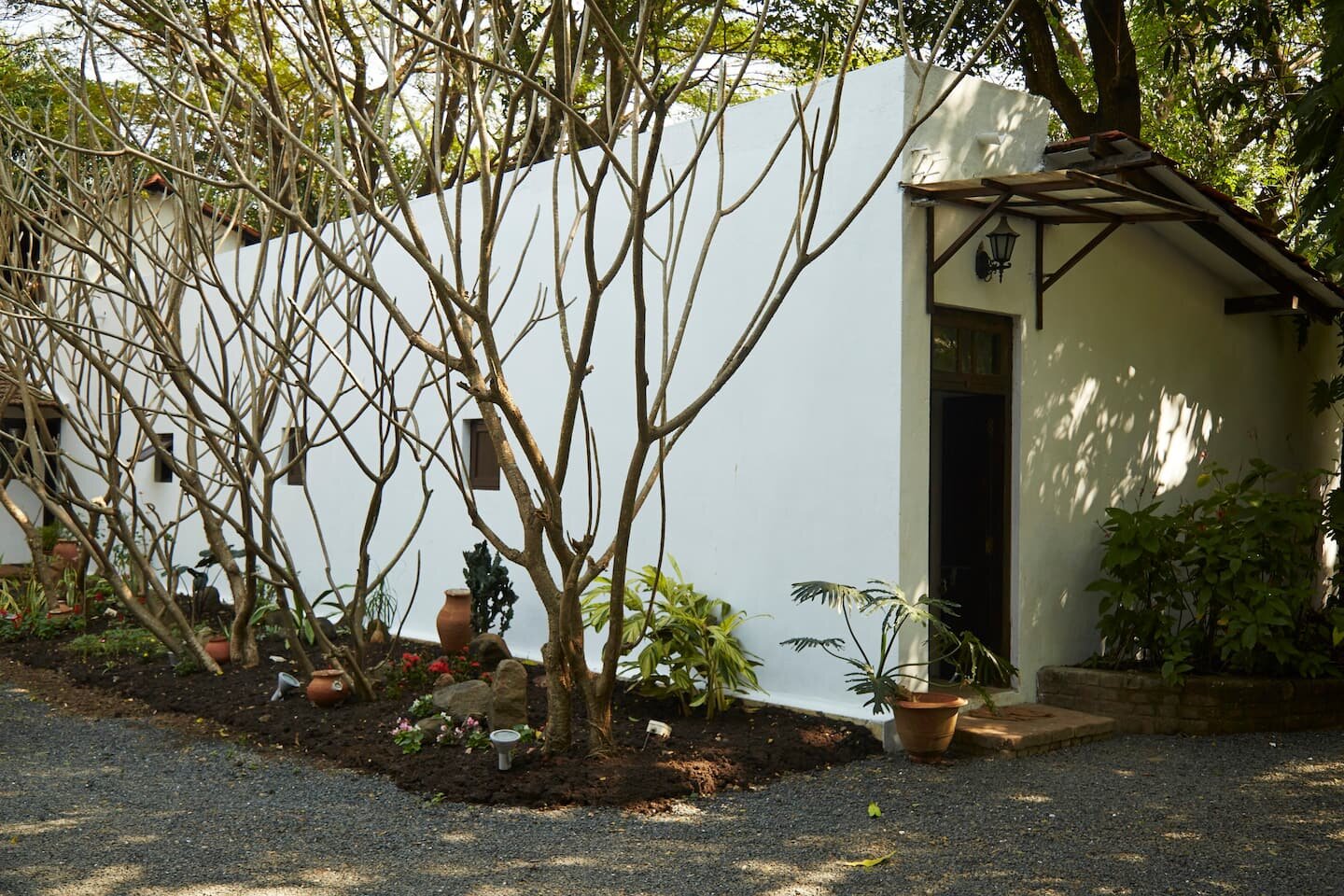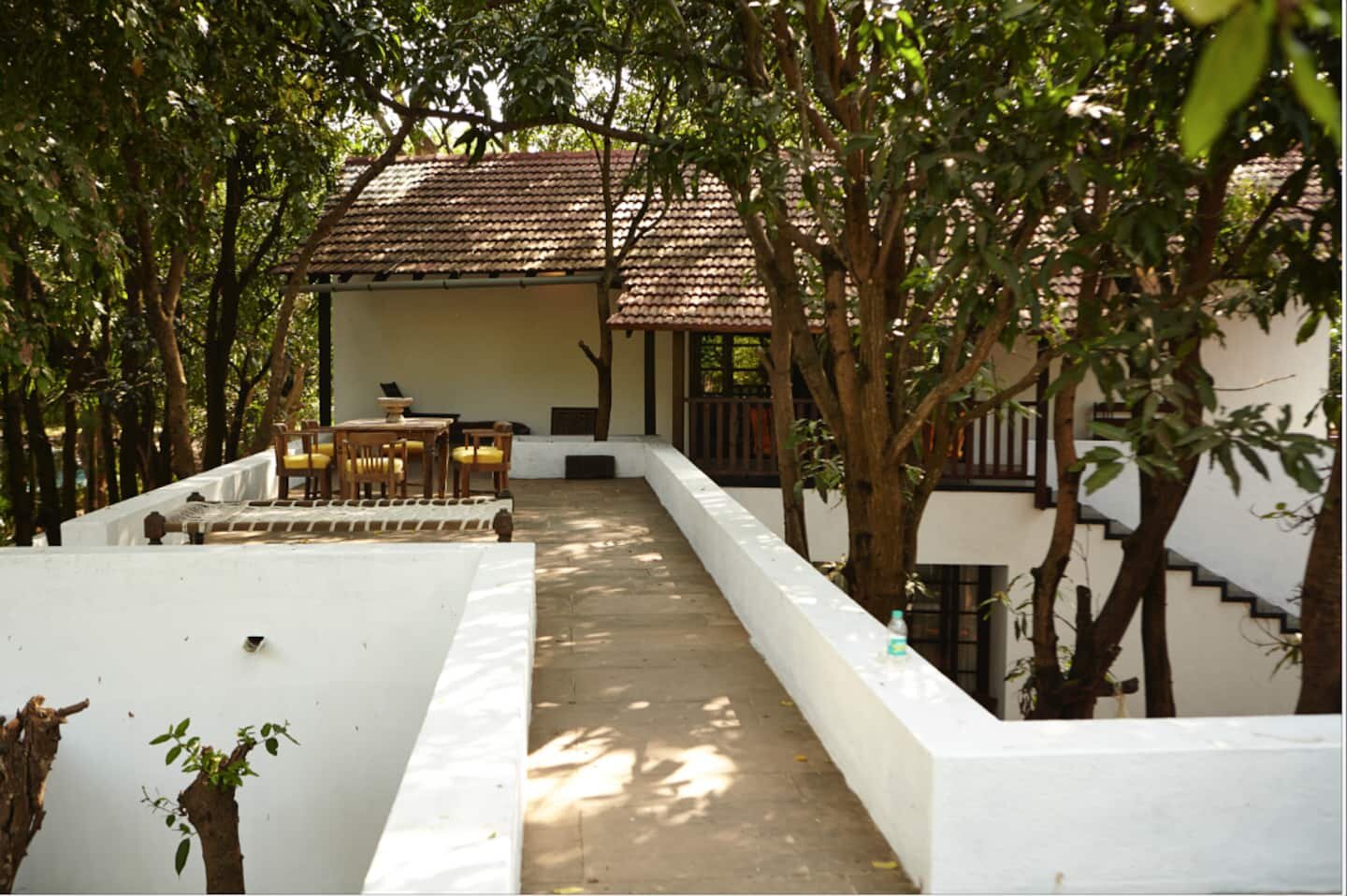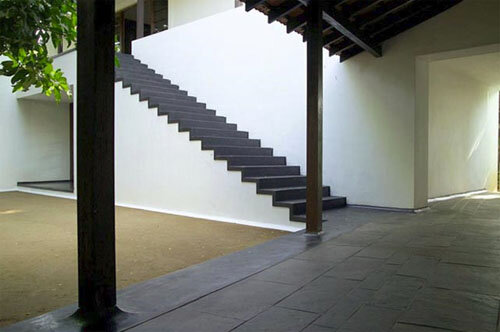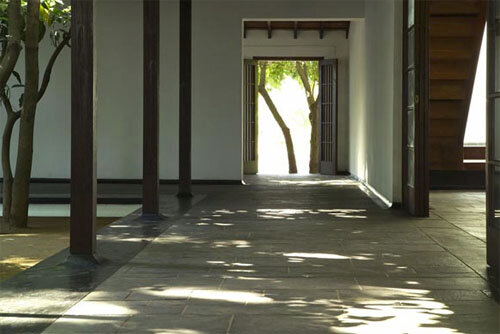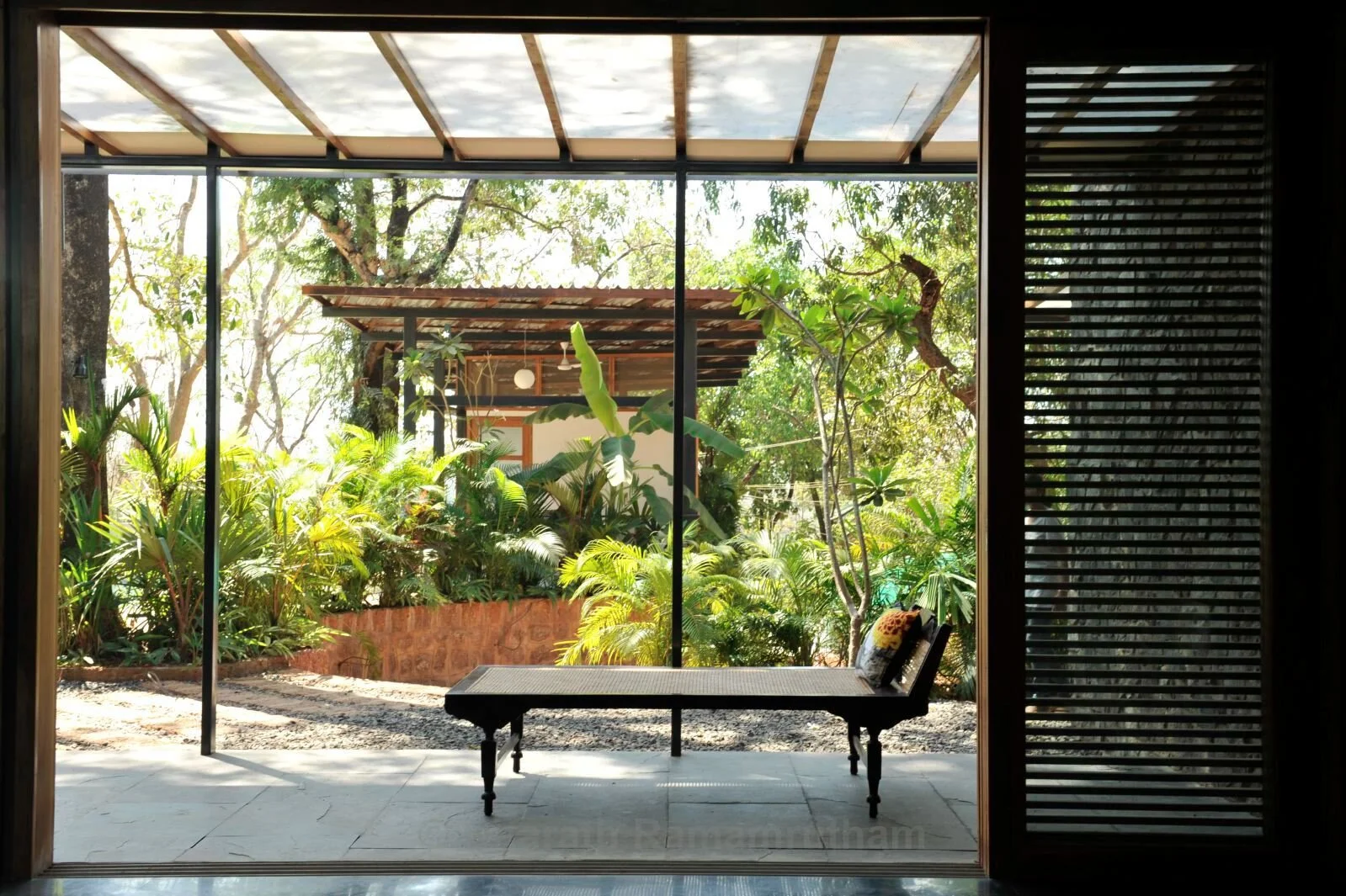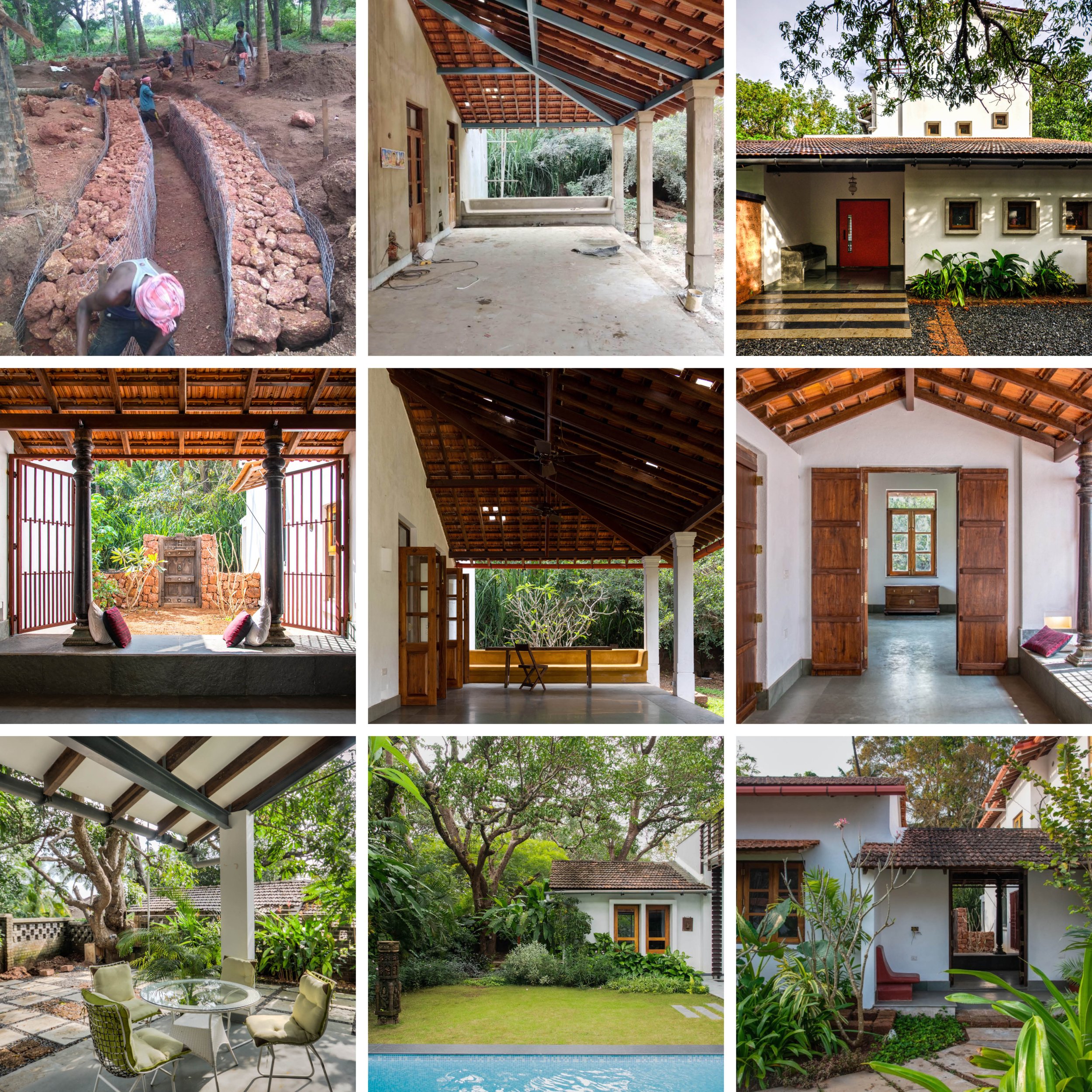We love creating spaces with an intention to reconnect with nature - spaces that allow ample daylight and maximise natural ventilation, that seamlessly transition from indoor to outdoor and facilitate outdoor living. All of these aspirations can be easily realised using 5 key strategies to connect the inside with the outside.
01. Build around site's existing features, elevations, topography and consider restoring habitats.
Try to retain the site in its natural state as much as possible by limiting building footprint and preserving the existing ecological patterns. Before building, take time to observe natural patterns such as sun and shade, rain and drain, dry and lush areas, etc.
Visit the link to learn more about taking a site positive approach.
02. Design for extensive verandahs and incorporate verandahs as transition spaces to take everyday activities outdoors
Design indoor spaces that are flanked by generous outdoor spaces in the form of verandahs and courtyards. You can read our blogpost about the benefits of incorporating verandahs here.
03. Create large openings that seamlessly connect the indoors with the outdoors
Introduce large openings in between these indoor and outdoor spaces which can be opened up to connect the two spaces to allow them to function as one space.
04. Frame views
The openings should be designed to frame views and focus on key natural elements on the site, such as an existing tree, water feature, rocky outcrop, and/ or the views offered by the site.
Find out more about framing views here.
05 Continue the same material from indoor to outdoor and play with finish and texture to create variance
We like to use the same material in the indoor and outdoor space, once again connecting them visually and making them appear as one continuous space. The finish can be slightly altered from space to space ranging from mirror polished to rough cut as seen in the photograph below.
Find our answers to frequently asked questions about using natural stone here.








